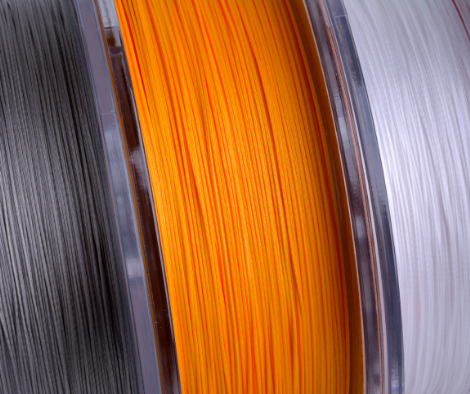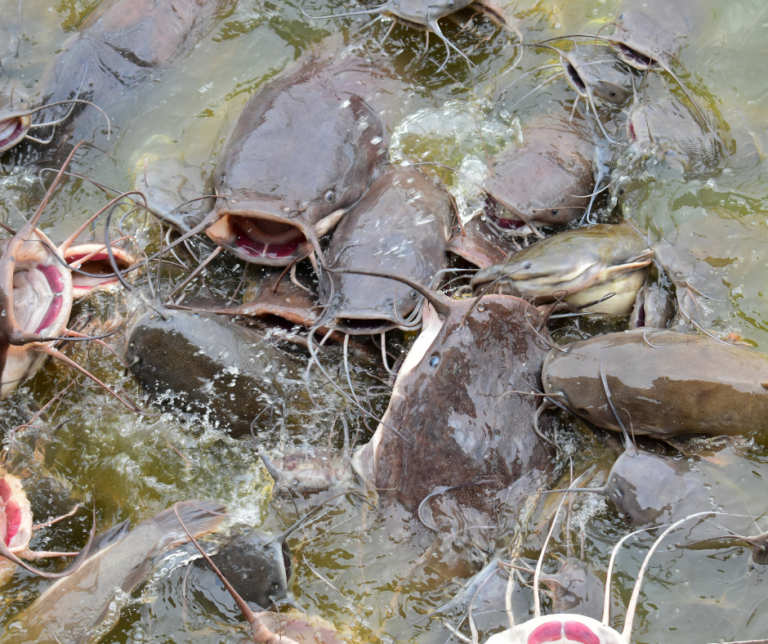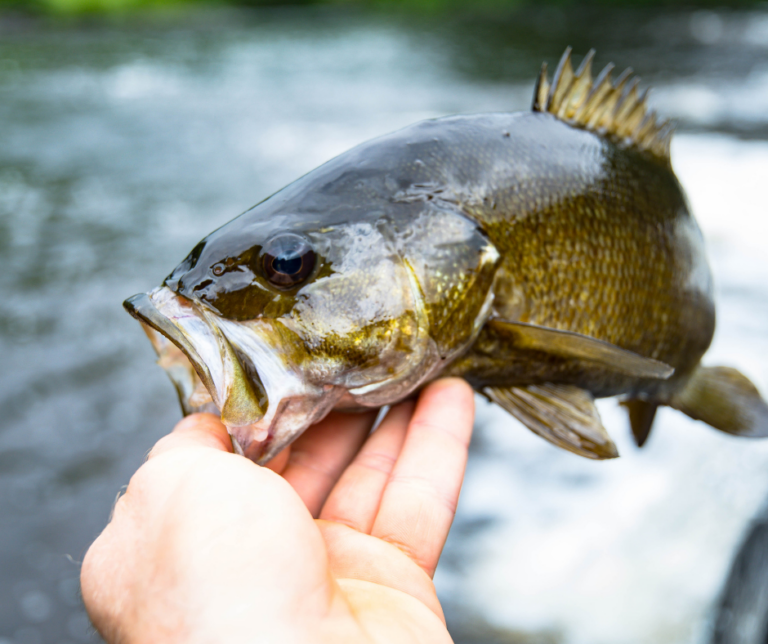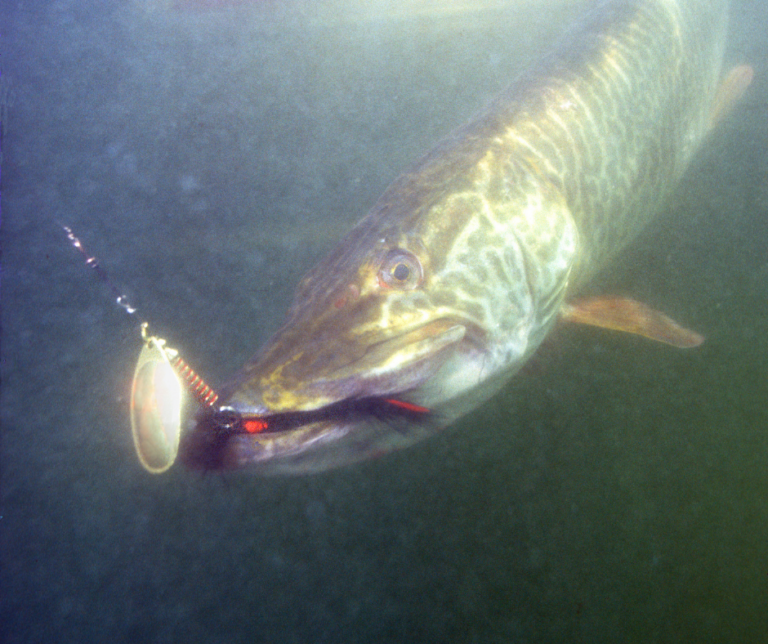Can Rabbits Eat Bananas?
Rabbits are lovely almost all of the time, but they are exceptionally adorable while they are eating. A rabbit chewing a banana is adorable, and we all know that providing our bunnies with fresh produce is a crucial aspect of keeping them healthy. Can rabbits, however, consume bananas? Is it healthy for rabbits to eat bananas? You might question, “Can I treat my rabbit with a banana?” when deciding what to give your bunny. Yes, rabbits do eat bananas, in a nutshell. Bananas, like other fruit and veggies, are a preference of rabbits. You can even give the banana peel to your rabbit if you clean it first.
Thank you for reading this post, don't forget to subscribe!In this post, we have covered all the important facts you need to know before feeding bananas to your rabbits.
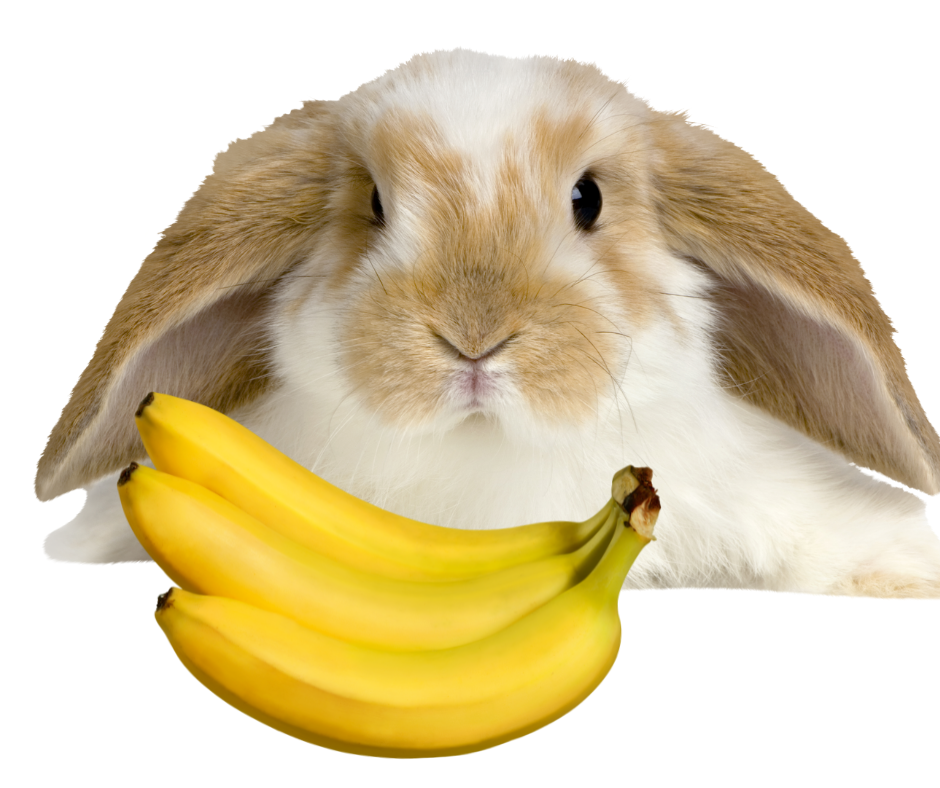
Facts You Need to Know About Rabbits
Rabbit’s Lifespan
Rabbits live for 3-8 years on average, based on species and surroundings. Wild rabbits, for instance, are estimated to survive only 4 years at best due to their high number of biological predators. Rabbits kept as pets have been reported to live significantly longer.
Pet rabbits can survive for over ten years, according to numerous studies. This is because they are not vulnerable to sickness, paucity of food, or predators. In comparison to several other wild and cultivated animals, this is a significant distinction.
Rabbits, whether as pets or in nature, live considerably longer than rats. They are mostly amiable, attentive, and easy to care for. This makes them terrific family pets and wonderful family members.
Rabbit’s Tail
One of the most recognizable features of a rabbit is its tail. The tail’s adorable, cotton fluff is instantly recognizable and eye-catching. The tail of a rabbit serves a dual purpose:
- Its primary function is to aid rabbits in escaping enemies in nature. The bottom of a bunny’s scut (or tail) is light-colored, which becomes visible when the rabbit hops. This confuses any predator pursuing it, giving it valuable time to flee.
- A rabbit’s tail can also assist it in signaling other rabbits when a threat is near.
Rabbit Teeth
Rabbits only have 28 teeth, which is four less than human beings. Rabbits have fewer different types of teeth. Only incisors, premolars, and molars are present. Rabbit incisors, on the other hand, take the spotlight: rabbits have a total of six incisors, two enormous ones on the upper jaw, two big ones on the lower jaw, and a tiny pair on every side of the front upper incisors.
- Aradicular hypsodont teeth are seen in rabbits. This indicates that they continue to grow throughout the animal’s life.
- Because rabbit teeth are constantly growing, if tooth length is not maintained at typical levels, complications can occur. As a result, rabbits eat a diet rich in fiber-rich foods. Fiber helps to wear down their teeth and keep them in good shape.
Rabbit Skulls
Rabbits are not only adorable but also interesting. The anatomy of rabbits is perfectly suited to their necessities. Rabbits, as prey animals, must be extremely attentive to their environment. Their big ears and excellent listening are well recognized, but their eyes are set higher on the sides of their heads, leaving only a small blind patch in front of them with 360-degree vision.
Rabbits can smell predators even if they can’t always see or hear them. They only breathe via their noses since they are obligate nasal breathers. This allows them to always smell their surroundings, even when feeding.
Rabbit Tracks in the Snow
After a snowfall, rabbit tracks are among the most usual sights. Look for confined patterns that reoccur. Each set of four tracks forms a tall, narrow rectangle. Designs bound by squirrels are substantially blockier. Rabbits have small rounded toes and fur-covered feet. Between every set of footprints, rabbits normally hop around 2 feet. Also, look for scat in the path. The scat of a rabbit is spherical and voluminous.
Do Rabbits Hibernate?
Rabbits can be found in both domestication and nature. Rabbits have similar lifestyle routines, but based on where they reside, they may exhibit distinct behaviors and temperaments. Rabbits do not hibernate in the winter and remain active all year.
The lower temperatures and lack of greenery in the winter drive rabbits to spend a lot of time foraging for food. To survive long term, rabbits must be less picky about the food they consume and more resourceful in their dietary choices.
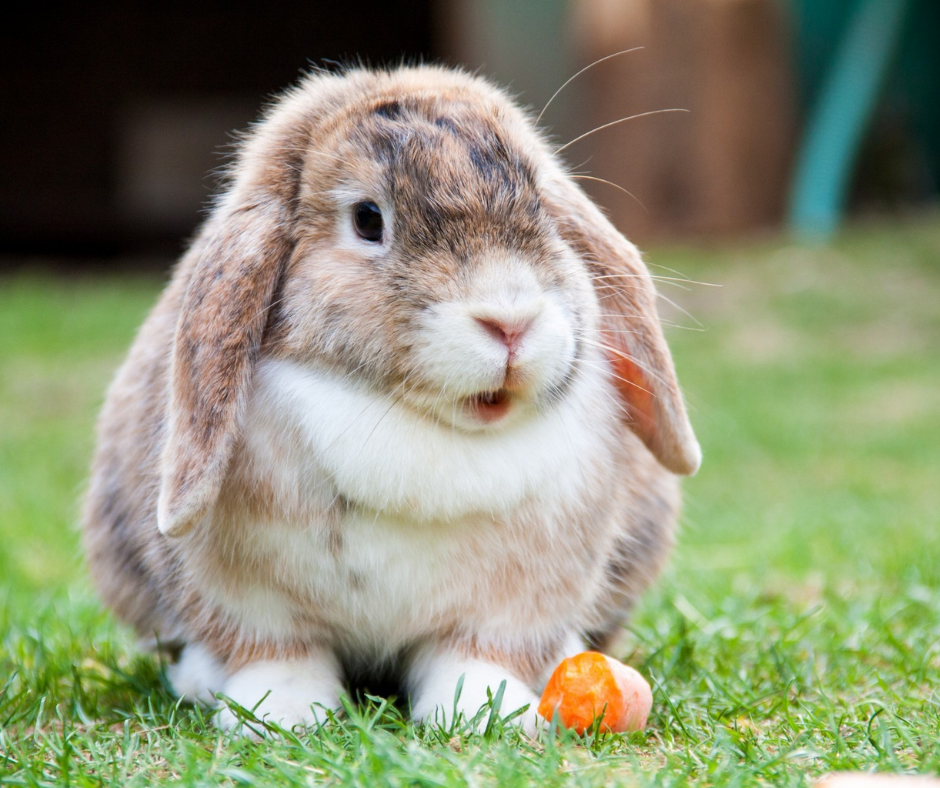
What Foods Can Rabbits Eat?
Can Rabbits Eat Celery?
Celery attracts rabbits for a variety of reasons. Rabbits are herbivores; thus, they will eat nearly anything plant-based. Celery, when raw, is a fibrous vegetable that takes a lot of work to chew. Rabbits enjoy a challenge in terms of chewing. Celery is a refreshing snack due to its high-water content. Don’t ever give your rabbit processed celery, just raw celery.
Cooked veggies are difficult for rabbits to digest. Celery contains a lot of sugar when compared to other rabbit foods. It’s difficult to imagine celery tastes sweet, but it does to rabbits. Celery plant leaves are also edible to rabbits. The leaves are sometimes much more nourishing than the rest!
Can Rabbits Eat Tomatoes?
The great news is that tomatoes are safe to serve your rabbit in tiny amounts. A rabbit’s diet should consist of a mixture of grass, veggies, and pellets, with fruits added once or twice a week. Tomatoes are a fantastic treat or occasional nibble for your rabbit. They are a quick and easy snack that a rabbit will enjoy while also providing a good dose of nutrition. Vitamins A and C, and many other nutrients, minerals, and antioxidants, are abundant in fresh tomatoes. You’ll have to keep an eye on their numbers, though.
Can Rabbits Eat Bananas?
Bananas can be consumed by rabbits. Bananas, like all the other fruits and veggies, are a favorite of rabbits. You also can offer the banana peel to your rabbit if you clean it first. In modest amounts, bananas are healthy for rabbits, however, there are a few things to keep in mind before giving your bunny one. The key to giving your bunnies a healthy quantity of bananas is balance, just like in the human diet. The exact amount is determined by the weight of your rabbit. Two tablespoons of fruit for five pounds of body weight is a useful thumb rule.
You would not want to overwork your rabbit’s metabolism or spike its blood sugar. Bear in mind that fruits are high in sugar. Start with a small piece of banana before feeding it to the rabbit. This is because you have no idea how the bunny will react to new food. You should start gradually, as with any nutritional modification.
Can Rabbits Eat Broccoli?
You are undoubtedly used to being able to chuck a piece or two from your food into your bun as a delight if you’re a vegan, vegetarian, or just an enthusiast of consuming your greens. However, broccoli is not generally suggested for rabbits, so use caution when giving it to your rabbit.
Broccoli contains a lot of vitamins C, E, and K. All leafy greens, but particularly broccoli, are high in fiber, which is beneficial to rabbits. Broccoli would seem to be a good reward for rabbits depending on their nutritional value. That is not always the case, though.
The production of gas is one of the negative effects of consuming any cruciferous vegetable. Gas is more common in some bunnies than in others. While gas is uncomfortable for humans, it can be excruciatingly painful or even lethal for your rabbit. Broccoli leaves, on average, release less gas than heads or stems. Most veterinarians advise that your rabbit just consume the leaves, not the stems or heads.
Cottontail Rabbits
Cottontail rabbits are a type of leporid found in the Americas, belonging to the genus Sylvilagus. When they return, most Sylvilagus species have stubby tails with white inner sides, which gives them their name. This characteristic is neither shared by all cottontails nor is it exclusive to the genus. Cottontail rabbits chew while standing on their hind legs.
Cottontail rabbits usually just use the nose to push and alter the placement of the food they put in front of their front feet on the ground. To start its meals, the cottontail will rotate the foodstuff with its nose to locate the finest section of the foliage.
Pumpkin Rabbit
In the non-canonical Halloween special ‘The Mysterious House,’ the Pumpkin Rabbit makes an appearance. Pumpkin Rabbit seems to have an orange coat of fur with a brighter shade of orange on the underparts of his ears and belly. He wears a yellow mask with twisted teeth and a yellow nose. He has dark green limbs, neck, and legs, comparable to a robot’s structure, and a purple bowtie on his neck. On his upper breast, he also looks to have a gap or tear. When the mask is off, his true visage reveals itself to be that of a rotting corpse.
Conclusion
There are a few things you should know about rabbits. Know what they are, and start slowly to give your rabbit time to adjust to new foods. Also, limit the number of fruits and vegetables you serve your rabbit. Too much sugar might harm your rabbit’s health and prevent him from consuming hay or grass. We hope that this post has answered your questions and shown you how to feed rabbits.
Check out our most recent posts here:
- I tested and ranked the best Spin Casting Rods in 2024
- Chatterbait Rigs: A Comprehensive Guide to Bass Fishing Success
- Pike Vs. Pickerel Vs. Muskie: A Comprehensive Comparison of Freshwater Predators
- 8 Best Tips For Lake Diefenbaker Fishing Success
- A Guide To Choosing The Right Fishing Lure Mold For Your Fishing Needs

